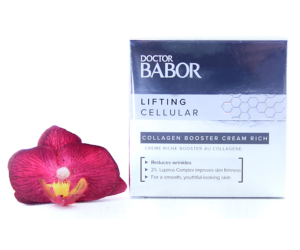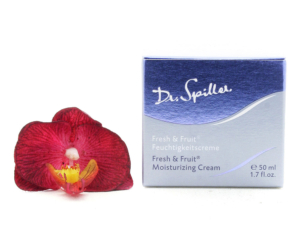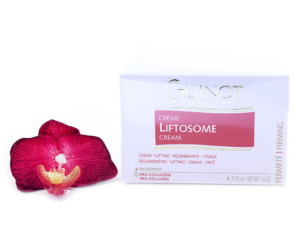Body Care
What is a calcium oxalate stone?
A calcium oxalate stone is the most common form of kidney stone. These are solid calcifications found in the kidney when there are high levels of calcium, oxalate, cystine, or phosphate and not enough liquid. Calcium oxalate stones occur when there is too much oxalate in the urine.
What is oxalate?
Oxalate is a substance found in many different types of food. Kidneys deal with waste, but when there is too little liquid in the waste, crystals form. These crystals can eventually combine and form a stone. Oxalate is one type of substance that can form crystals in the urine. This can happen if there is too much oxalate, too little liquid, and the oxalate “sticks” to calcium while urine is being made by the kidneys.
Oxalate is found in:
- Nuts
- Rhubarb
- Beets
- Chocolate soy milk
- Some cereals
- Buckwheat flour
- Miso
- Tahini
- Sesame seeds
- Swiss chard
While these foods are healthy, a combination of them and other factors will increase the chances of forming these types of stones. These factors include:
- Dehydration from not drinking enough fluid
- A diet too high in:
- Protein
- Oxalate
- Sodium (salt)
- Sugar (like high fructose corn syrup)
- Obesity
- Medical conditions like:
- Dent Disease (a rare genetic disorder that affects the kidneys)
- Hyperparathyroidism (a very high amount of a type of hormone called parathyroid hormone in the blood that causes a loss of calcium. Calcium is needed to bind with oxalate and leave the body)
- Digestive Diseases and Surgeries like:
- Inflammatory Bowel Disease (IBD) such as:
- Ulcerative Colitis
- Crohn’s Disease
- Gastric bypass surgeries
People who suffer from IBS are more likely to develop these stones, as IBS affects our body’s ability to absorb fats. When fat is not absorbed the right way, the fat binds to calcium and leaves oxalate behind. The oxalate is then absorbed and taken to the kidney, where it can form stones.

 Français
Français Русский
Русский
























